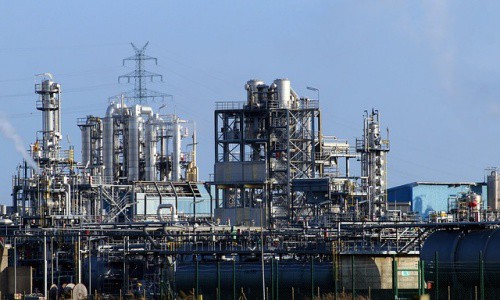AVEVA urged the industrial sector to accelerate their digital transformation journey to reap the benefits in productivity and operational efficiency.
“It’s never been easier to begin a digital transformation program, as cheap access to cloud computing, great connectivity, a merged edge and enterprise combined with analytics and machine learning, means that the ability to digitally drive productivity improvements into the industrial world is now unprecedented,” said Craig Hayman, CEO of AVEVA, during a media briefing during its recently concluded annual customer conference in Singapore
He pointed out that while the finance, insurance, health and retail sectors have rapidly harnessed the Internet of Things (IoT), artificial intelligence and big data to meet the changing needs of their customers, the industrial world has been slower in adopting new technologies.
“Leaders driving the next wave of transformation know they must move quickly. We are work to partner with these organisations on their digital journey, helping them accelerate the use of digital technology, realize the value of a digital twin and build a digital team,” Hayman said.
Industry sector lags in digital transformation
In a session during the conference, ARC Advisory Group (ARC) cited its recent research of 157 process manufacturers that found that there were still barriers in organisational accountability, culture and employee change management that impeded transformation.
According to research conducted by ARC, although more than 80% of industrial process manufacturers are piloting advanced technology, only 5% to 8% of them are ready for digital transformation today.
The main barriers to adoption, according to ARC, are organisational makeup and scalability of use cases and users while the biggest driver of digital transformation in the industrial sector is the need to address the business consequences of unplanned downtime.
“Despite the transformational road not being a straight path, digital transformation is a key driver of change that opens new opportunities for companies to grow and create value,” said Craig Resnick, vice president at ARC Advisory Group.
He added: “The key to successful digitalisation is an agile, digital-savvy leadership that sets forth a strategic vision for organisations, and effectively infuses a digital mindset across the entire workforce.”
Three steps towards digital transformation for the industrial sector
According to AVEVA, the benefits of digital transformation in the industrial sector are many. Among them are: improved asset health that will result in a reduction in unplanned downtime and better asset performance; and enhanced incident prediction capabilities that have the power to lower operational risk and protect worker safety.
Furthermore, cognitive learning can deliver digitised intelligence resulting in knowledge and experience being freely available throughout the organisation.
Hayman has outlined three key steps to accelerating the organisational digital transformational journey:
- Firstly, he urged organisations to ‘snap in’ a unified operating center to visualise the industrial data they already had.
- Secondly, organisations need to use data to free up the OPEX or operating budget, build a knowledge graph about an asset as well as use machine learning and artificial intelligence to predict when it will fail before it fails. This process called Asset Performance Management or APM, is a hot area that has moved very quickly with a lot of innovation.
- Finally, organisations should use their data to remove risk bringing simulation into engineering design and using the cloud to eliminate legacy workflows.
“Over time, these three steps combine into an end-to-end digital twin, that spans from an organisation’s original engineering data through to operational performance and maintenance work,” commented Hayman. “By leveraging the integrated data and analytical capabilities of the individual digital twin, companies can embark on true digitalisation to optimise their asset’s lifecycle. This process begins with the initial capital investments right through to the operating phase of a modern plant, refinery, or smart city.”



